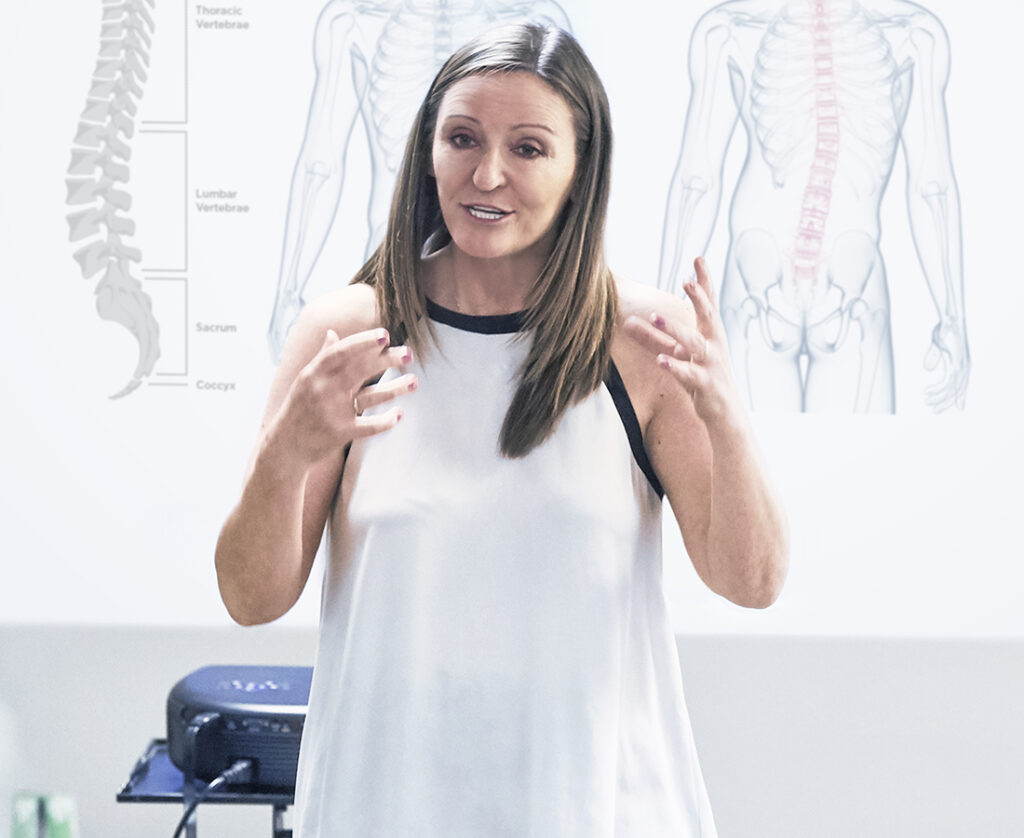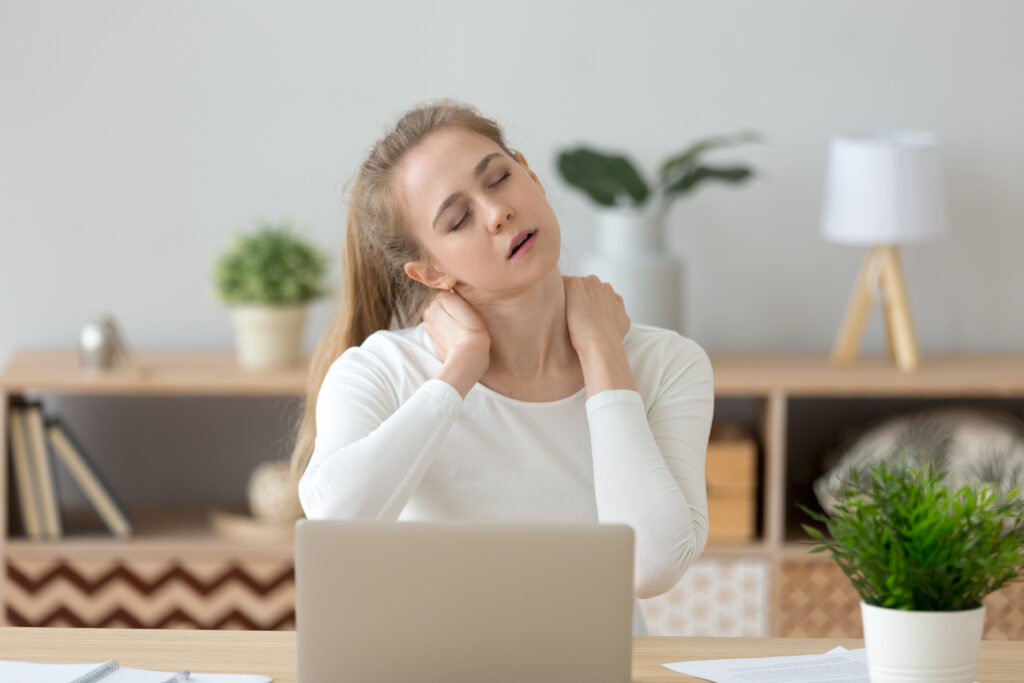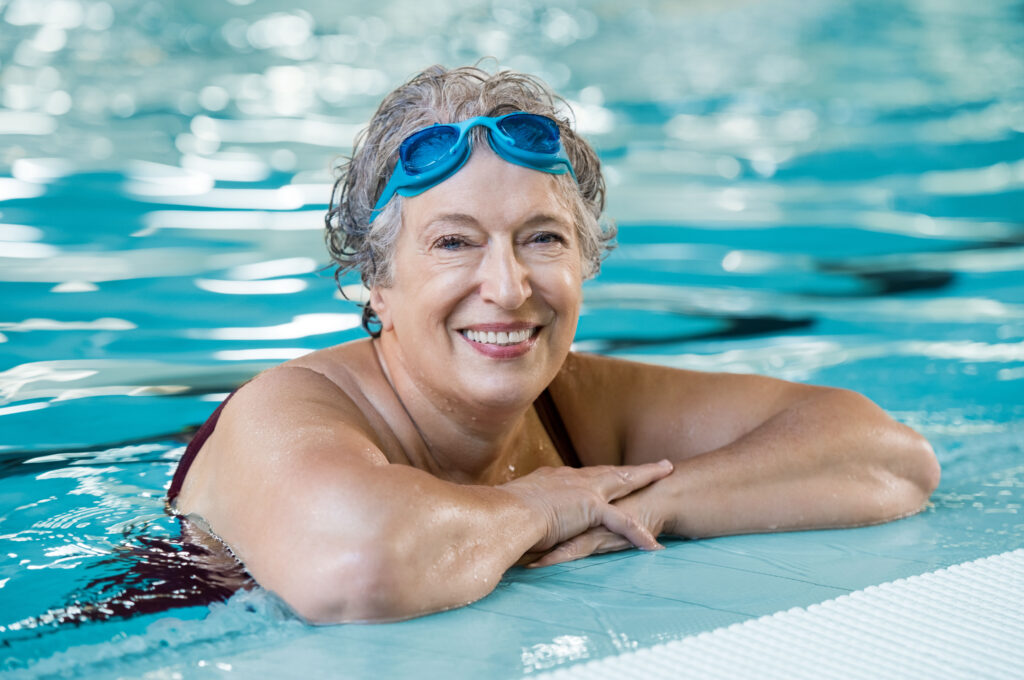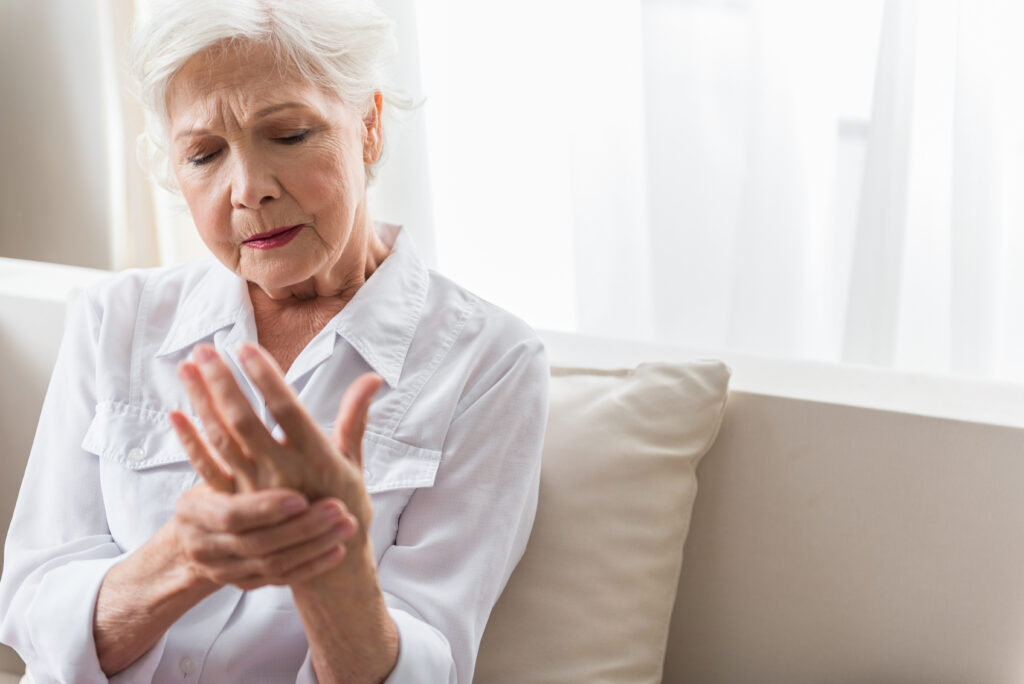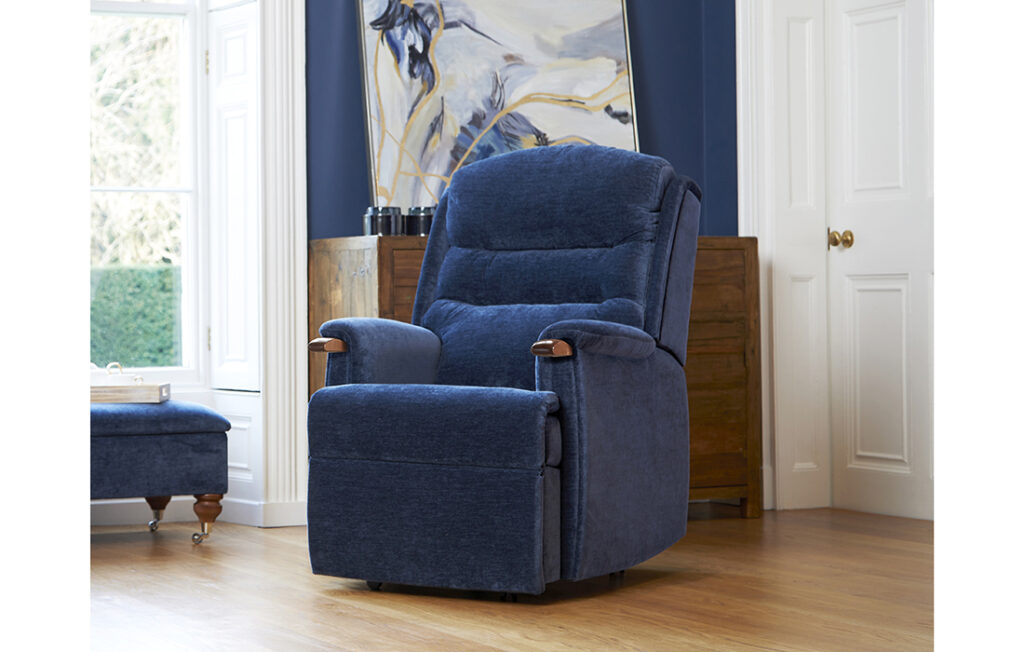How To Prevent The 5 Most Common Aches And Pains
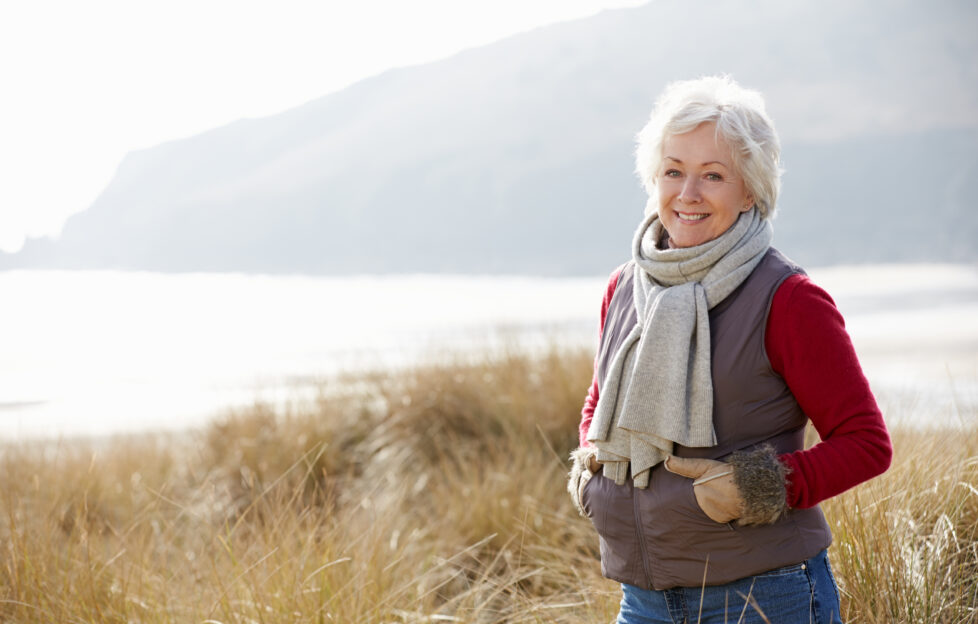
Leading furniture manufacturer HSL and postural expert, Julie Jennings, weigh in on the five most common aches and pains, and how they can be prevented through practising good posture.
1 Back, shoulder and neck pains
Julie says: “Back, shoulder and neck pains are very common and will usually improve within a few weeks. However, rectifying your posture may be one way to speed up your recovery or prevent it from occurring in the first place.
“Poor posture can cause your spine to deteriorate over time, leading to more aches and pains in your neck, back and shoulders. To avoid aches and pains in the upper body, it’s important to keep as active as possible, remaining stationary for long periods of time may make aches and pains worse.”
How to prevent them:
“Practising good ‘seated posture’ is also key, this term refers to the most comfortable position we adopt whilst in a particular seat. If our furniture does not support us in the way that it should, then our comfort posture will be heavily impacted. When sitting down, avoid slouching and ensure that you sit in an upwards position, with your head, neck and shoulders relaxed but supported, and feet flat on the ground.”
2 Hip Pain
Julie comments: “Hip pain may be a result of poor posture. If you’re spending a lot of time sitting in the same position, hunched over or with your legs crossed (which you may well be doing whilst binge-watching a new Netflix series), this adds increased pressure on the hips and the strain may cause pain and discomfort over time.”
How to prevent it:
“If you are experiencing hip pain, adjust your sitting posture to ensure your legs are not crossed and your hips and lower back are well supported by the chair and avoid any high impact exercise opting instead for lower impact activities such as yoga or swimming to loosen up any stiffness and to build muscle strength and flexibility.”
3 Knee Pain
Julie comments: “Good posture is critical to the alignment of the joints in the body, particularly the knees. If you’re not practising good posture, your muscles and tendons may begin to stiffen up eventually causing aches and pains.”
How to prevent it:
“This time of the year can be dark and gloomy, but it’s important to keep moving! If you’re experiencing knee pains, consider taking a wintery walk or do some gentle stretches at home whilst listening to a new podcast, this will loosen up the muscles whilst also improving flexibility and range of motion.”
4 Foot and Ankle Pain
“Your feet and ankles are one of the most-hardworking regions in the body and if you’re experiencing aches and pains, poor posture may be to blame. If your posture is bad, the bones and ligaments in your feet and ankles will struggle to support the weight of the body and can result in circulation issues and swelling of the ankles.”
How to prevent them:
“To avoid feet and ankle pains, try practising a good walking posture. To do this, ensure that your pelvis is aligned with your head, shoulders and knees when walking and focus on keeping your spine elongated and core engaged. It may feel odd at first but with practice it should become a more natural and helpful posture”
5 Wrist and Hand Pain
Julie commented: “Poor posture may cause you to roll your shoulders forward, setting off a chain reaction that shortens your neck and shoulder muscles, eventually placing strain on the wrists and hands.”
How to prevent them:
“To alleviate aches and pains in your hands and wrists, try to keep your shoulders relaxed when standing, walking and sitting. Avoid any repetitive, straining movements and now that many of us have returned to work, it’s also important to consider modifying your workstation positioning habits, such as taking frequent breaks from your computer or avoiding reaching for your keyboard with one hand.”
Julie concludes: “If you find you are experiencing any aches and pains this winter, try correcting your posture and remember to keep your body moving. Movement encourages a healthy mental outlook and improves overall physical health.”
To ensure that they help promote good posture, each HSL chair is carefully crafted using CleverComfort™ technology, which has been developed through expert research into the ways in which people sit, sleep, stand and move, to provide expert neck, back, and hip support.
HSL also offer a specialist 7-Point Seating Assessment™ which considers individual customer needs and requirements to find the right chair for them. The 7-Point Seating Assessment™ can be accessed in any of HSL’s 53 Comfort Stores, or by arranging a home visit with a Comfort Specialist who has been trained by an Occupational Therapist.

